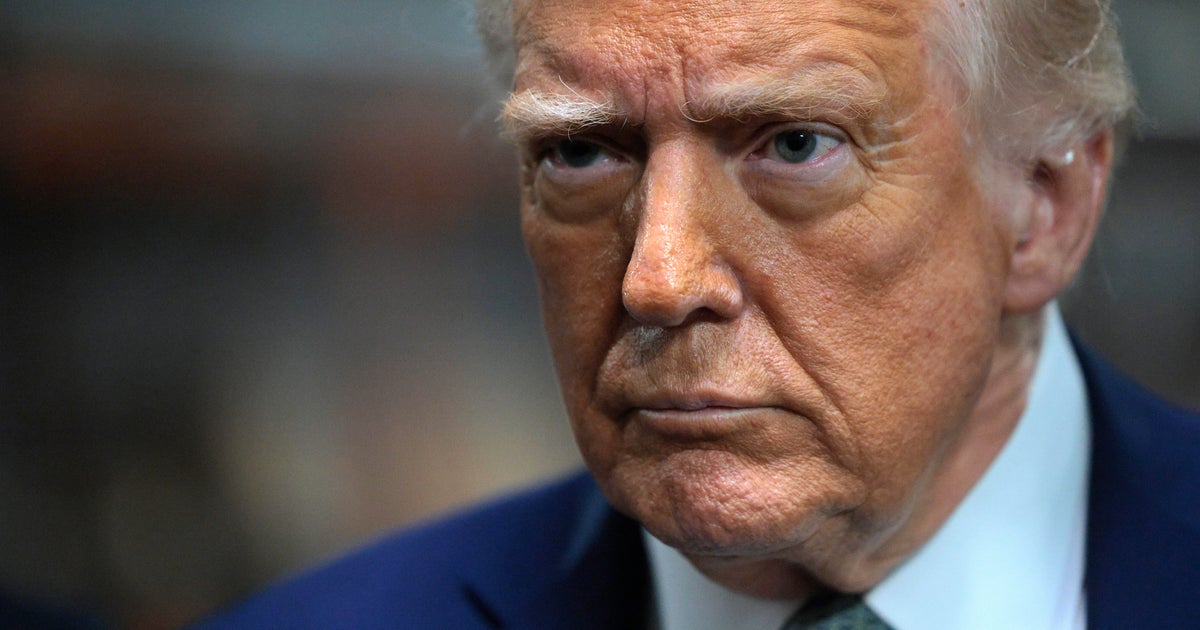Government report finds officers were "hesitant" to use force on Jan. 6 for fear of disciplinary action
A survey of 315 Capitol Police officers found law enforcement "felt discouraged or hesitant to use force" on January 6 as the U.S. Capitol was overrun by a mob intent on overturning the 2020 presidential election. The 115-page report issued by the Government Accountability Office nearly 14 months after the Capitol insurrection has urged U.S. Capitol Police to offer additional crowd-control training, as well as pre-operational guidance to officers on the ground.
In total,190 respondents expressed concerns or made suggestions related to information sharing, with one offering that "had any information on the morning of the 6th aside from 'prepare for a long day' they would have had a different mindset when the group approached."
More than half of the officers surveyed said that guidance and intelligence shared before and during the attack was "not at all clear" or "not provided."
According to the report, approximately 150 officers recalled 293 use-of-force incidents, with open-hand pushing ranking as the most prominent technique employed (91 incidents), followed by batons (83 incidents) and withdrawing a firearm from its holster (37 incidents.) In 17 cases, officers reported pointing a firearm at an individual, though only one officer opened fire.
Over half of respondents said more instruction was needed, with dozens of officers requesting more courses on "very large or violent crowd control" as well as "more realistic training."
The Government Accountability Office (GAO), a congressional watchdog, found that following the seven-hour onslaught, about 114 U.S. Capitol Police officers reported injuries. The insurrection caused $1.5 million in damages to the U.S. Capitol building.
Roughly a quarter of those surveyed were "discouraged or hesitant to use force because of a fear of disciplinary actions." Several respondents noted they did not feel empowered to make decisions on use of force without approval by supervisors and conceded that "optics were affecting security decisions."
"I saw too many instances where officers were questioning whether they could use force because they were afraid of getting in trouble," noted one officer in the survey. "If ever there was a time when force is appropriate, a mob violently forcing their way into the Capitol would be it." Still, several respondents also said they felt that the department would not back them, "even when force was used under justifiable circumstances," according to the audit.
The GAO determined that the department's discussions with officers following the attack is a "positive step," but deemed misconceptions related to use of force were "persistent both before and after the attack."
"The events of January 6, 2021 raised important questions about whether the Capitol Police is adequately prepared to respond effectively and efficiently in the current threat environment," the report concluded. While investigators found Capitol Police have taken "some positive first steps," the agency "needs to better understand and address potential officer hesitancy to use force, concerns with the department, and morale."
Last month, the GAO concluded that the Capitol Police's "process for assessing and mitigating physical security risks to the Capitol complex is not comprehensive or documented." In a separate report issued a year after the attack on the U.S. Capitol, Congress' investigative arm determined that the U.S. Capitol Police Board, "is not fulfilling its responsibility in overseeing the Capitol Police's protection of Congress and the Capitol Building."
In a statement shared with CBS News Monday, U.S. Capitol Police said that the department "agree[s] with the recommendations, which we have already addressed."



